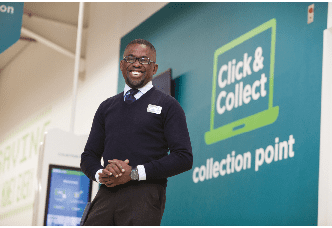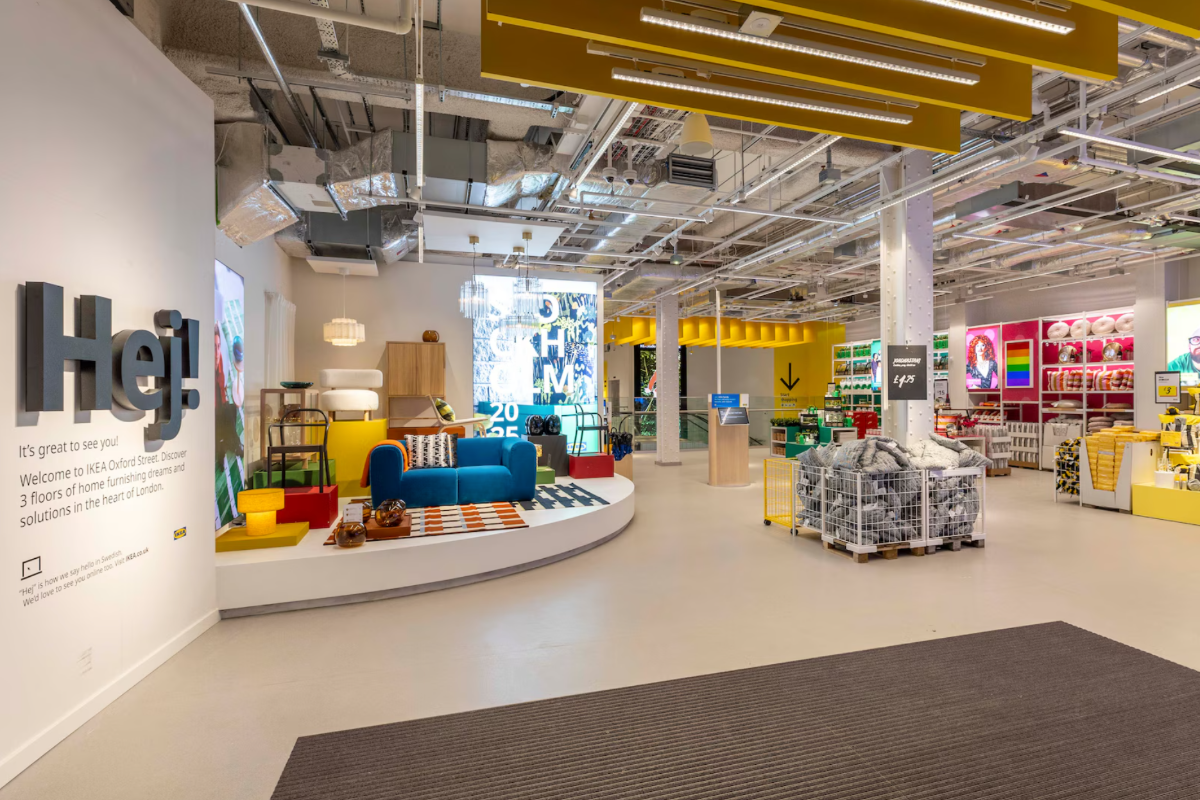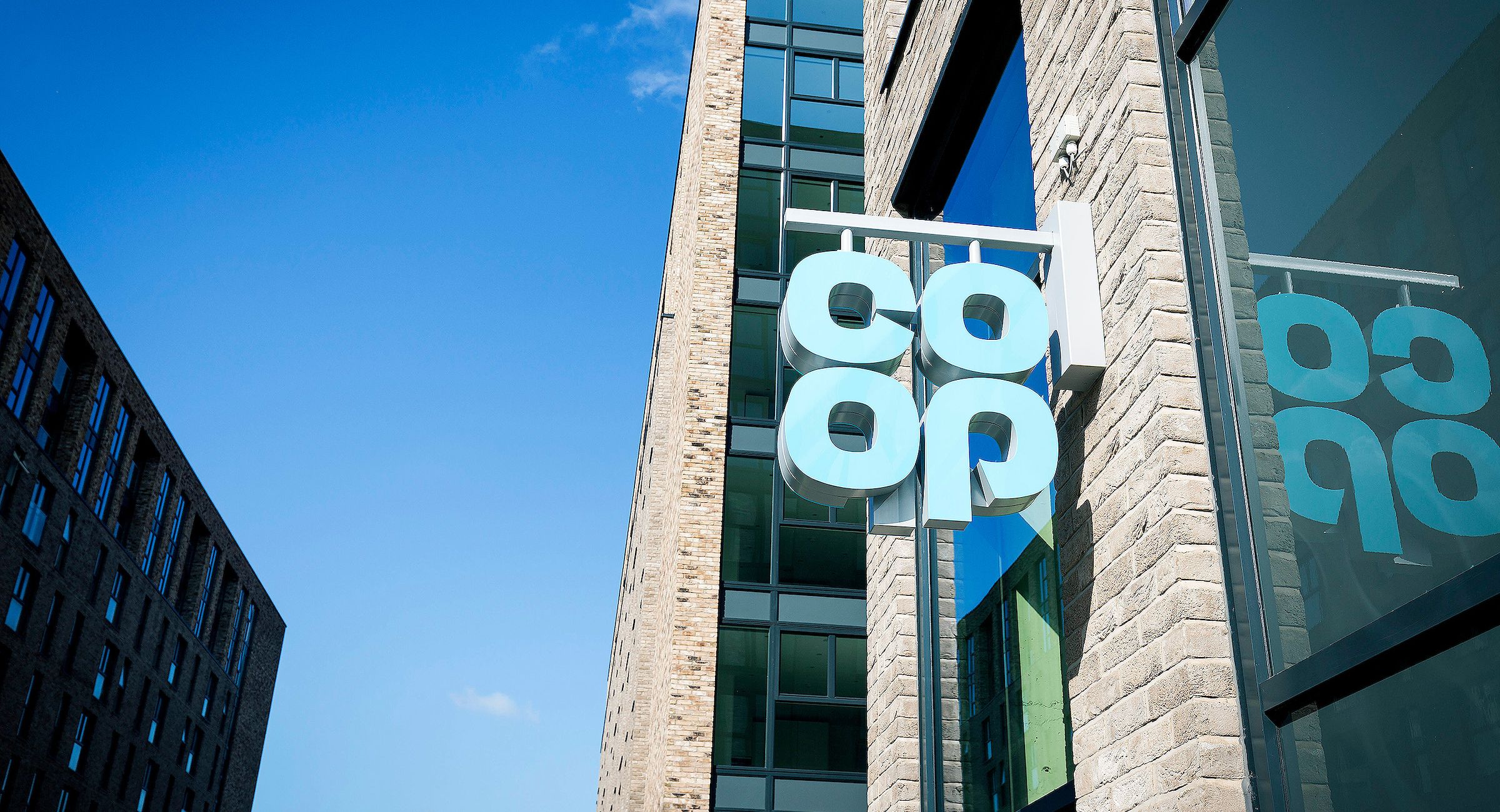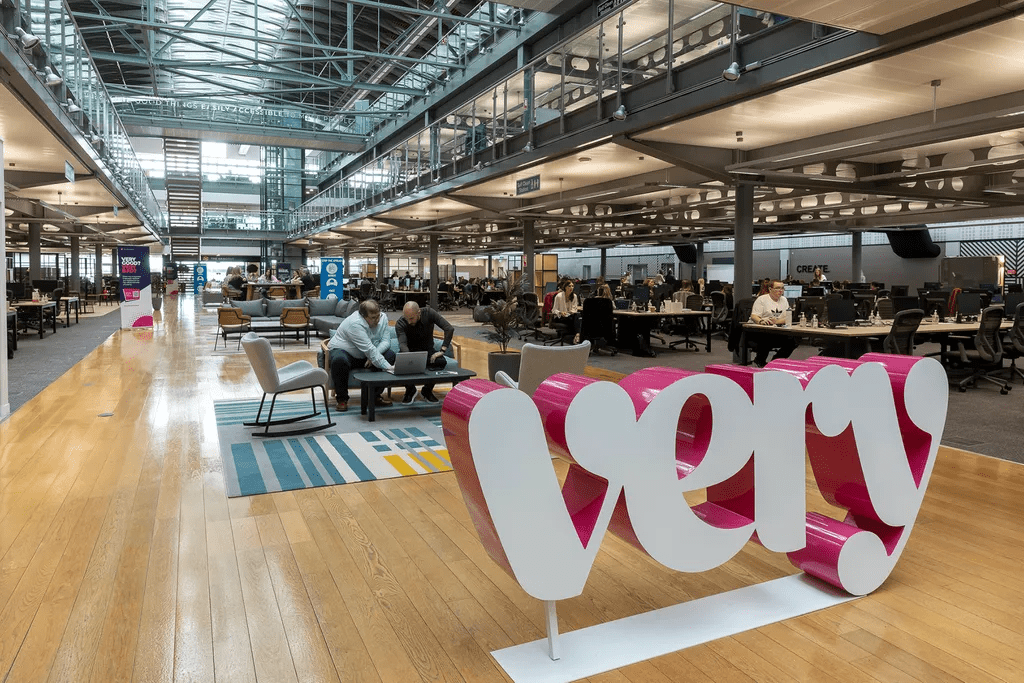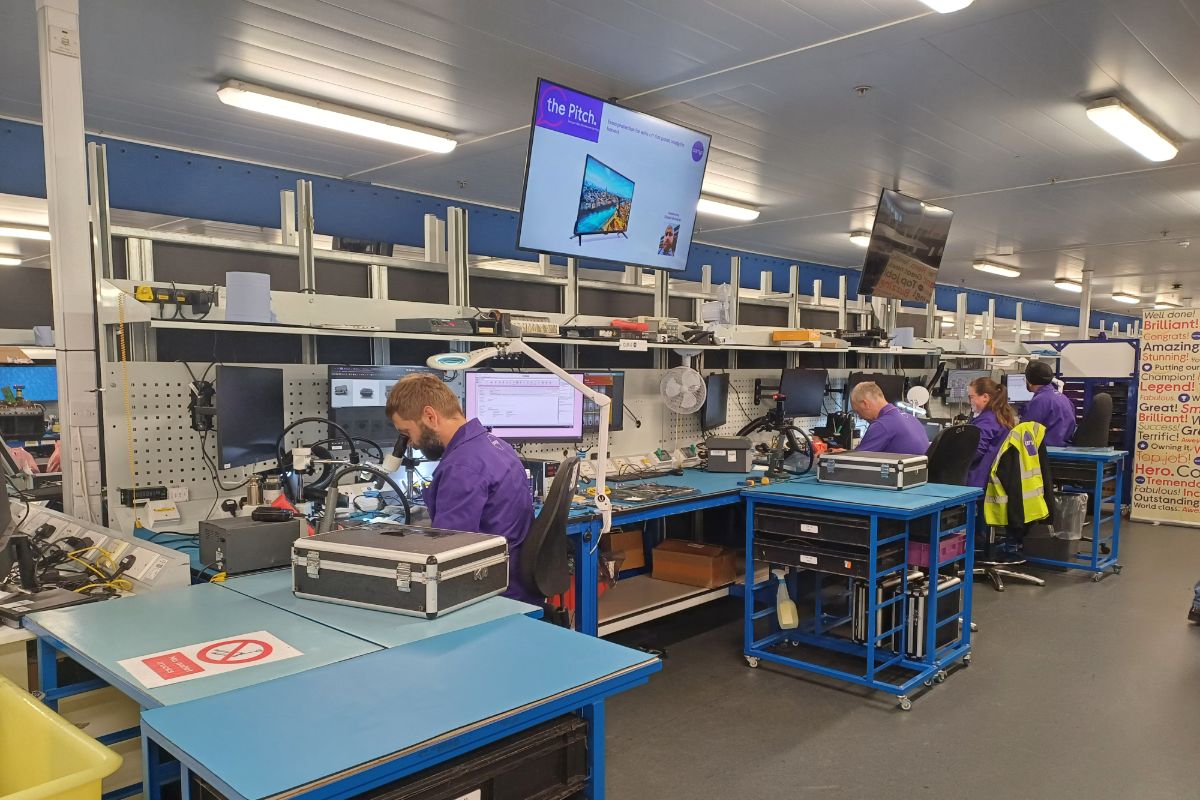Making the customer the starting point has helped Asda develop click-and-collect and returns services for third-party customers as well as its own
Asda learned from its customers in designing click-and-collect and returns services that now work not only for them, but also for the customers of more than 20 other retailers, says Karen Gibson of the supermarket’s toyou service.
Key to its success, says Gibson, senior manager of toyou client relationships at Asda, has been the move to give the customer more control over the process. “We live in a very me-centric society,” she told an audience at eDelivery Conference 2017. “We want to be able to do things on our own terms and have control over our own destiny.” Making it easier for shoppers to pick up an online order and, especially, return an unwanted product is equally important. “We want to get time back and not to let anything interrupt our day or interfere with what we’re doing,” she said. “If you keep me waiting for more than five minutes to make a collection or return, you’ve lost me. If you do it straightaway, that’s really convenient for me.”
The supermarket designed its click-and-collect service around what it saw that its customers wanted and then, in 2015, announced it was to open up that service to other retailers. Today, 25 third-party retail brands use the Asda toyou service. Customers of retailers from Asos , Fat Face and Missguided to Chain Reaction Cycles and Ideal World can pick up items ordered online and/or drop off their returns, depending on the individual arrangement. This has opened up new opportunities for Asda.
“Being a retailer, we’ve always been able to get comments from our own customer base,” says Gibson. “For the first time ever, we’re able to listen to our partners’ customers too. People like the fact that they can do something else while they’re dropping a parcel off or picking it up.”
Asda was relatively late online, launching its george.com and asda.com websites in 2009, when it used third-party logistics suppliers for fulfilment. Gibson says the Asda team watched and learned from its customers as the service developed. “They liked it and they liked to collect from stores but we weren’t getting that fantastic service in terms of customers,” she said. “How could we capitalise on the fact that about half of customers were coming into stores to collect? It was very difficult to create efficiencies in any sort of network.”
So five years ago, the retailer took the decision to take its logistics in-house and quickly realised that it needed to make itself fit for the future. It started by asking both customers and colleagues how the service needed to change.
“Customers said they wanted a simple journey and that they wanted to adopt technology where it was relevant and intuitive,” she said. “Colleagues told us the same thing – they wanted to serve the customer better by having that view of what was going on.” In addition, customers said they wanted clear tracking information on both returns and collections.
The mantra in designing Asda toyou was about making things easy, from taking a bird’s eye view of the fulfilment process from its Rochdale technology centre to, more recently, introducing QR codes for parcel pick-ups that Apple smartphone-owning shoppers can add to their Apple Passbook to notify a member of staff that they’ve arrived. When it comes to returns, shoppers simply drop their parcel at a dedicated returns point, printing their returns label in-store if necessary. Toyou operates in stores but also outside them too, offering easy drive-in pick up. Such solutions, says Gibson, enable Asda to serve a customer typically in less than three minutes.
“If you start with the customer and work back, you get a completely different dynamic to the relationship,” says Gibson. “Why wouldn’t you bring things together?”
The way shoppers use the service can also bring new insights. “Customers might tell you what they want but often, what they actually do tells you something different,” says Gibson. Now the retailer is thinking about ways that it can improve on the service through, for example, instant refunds, faster service, or by enabling speedy reordering. This could also lead to a more strategic approach to collection. “A lot of customers tell us they don’t want something the same day unless it’s an emotive item,” says Gibson. “What if we could store stock strategically around the network and sell it strategically, making it available to customers within the hour?”
The retailer is also considering how it might reconfigure communications, moving beyond contacting shoppers using email and text to developing its use of social media, perhaps embedding products into its messaging. “Keeping the brand experience alive right the way through the chain is really important,” says Gibson. “We want to open the insight to retail partners. How do we use that information and use it to change what customers are doing in the stores?”
Already, she says, some retail partners are changing their processes, moving away from including Royal Mail labels for returns in favour of encouraging shoppers to take their items back to Asda instead.
These services, alongside a flexible delivery promise, helped Asda to rank highly in IRUK Top500 Operations & Logistics research in 2017. But it’s this approach to continuous improvement that’s likely to play a part if it is to maintain its position for the future.
